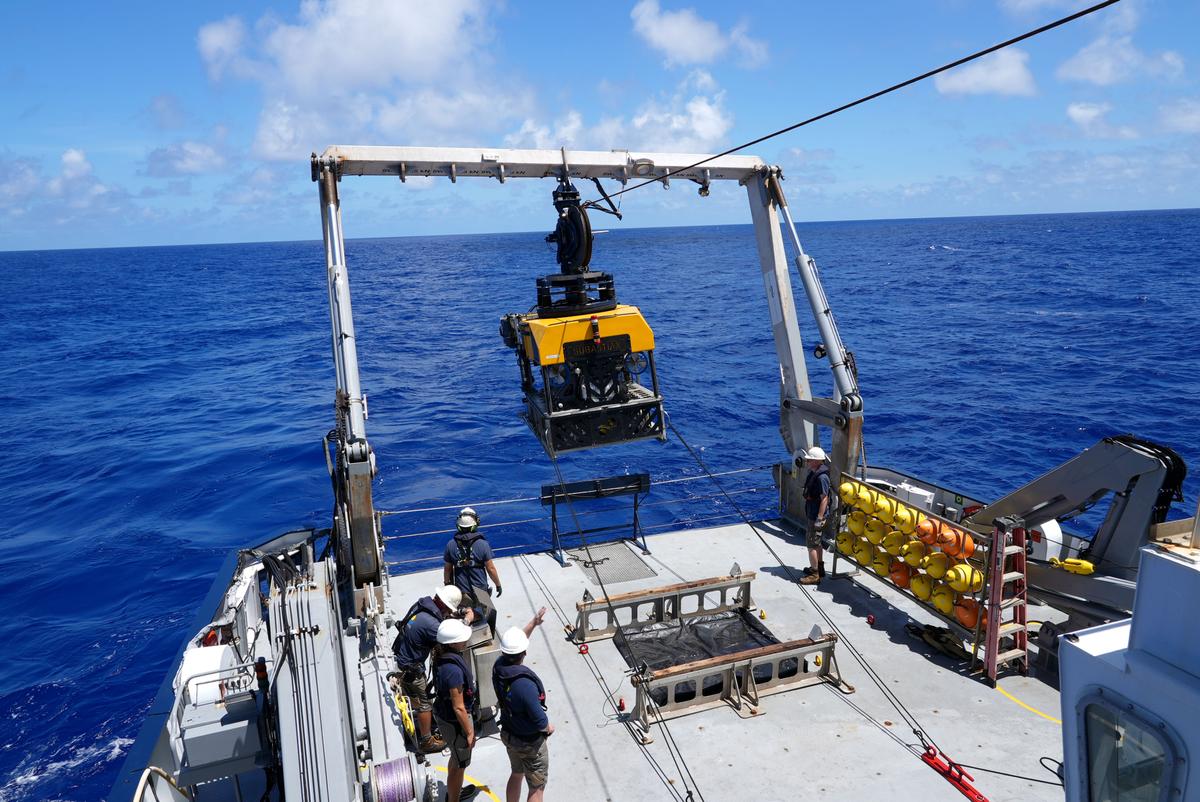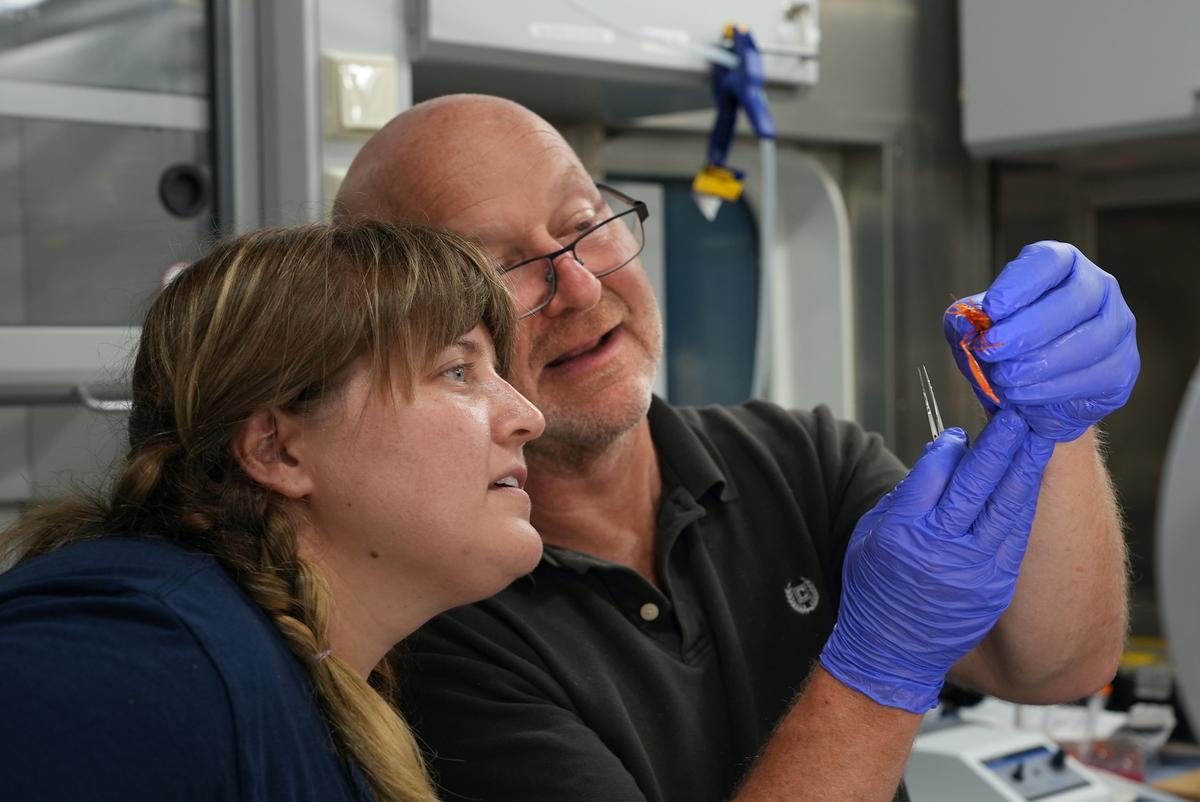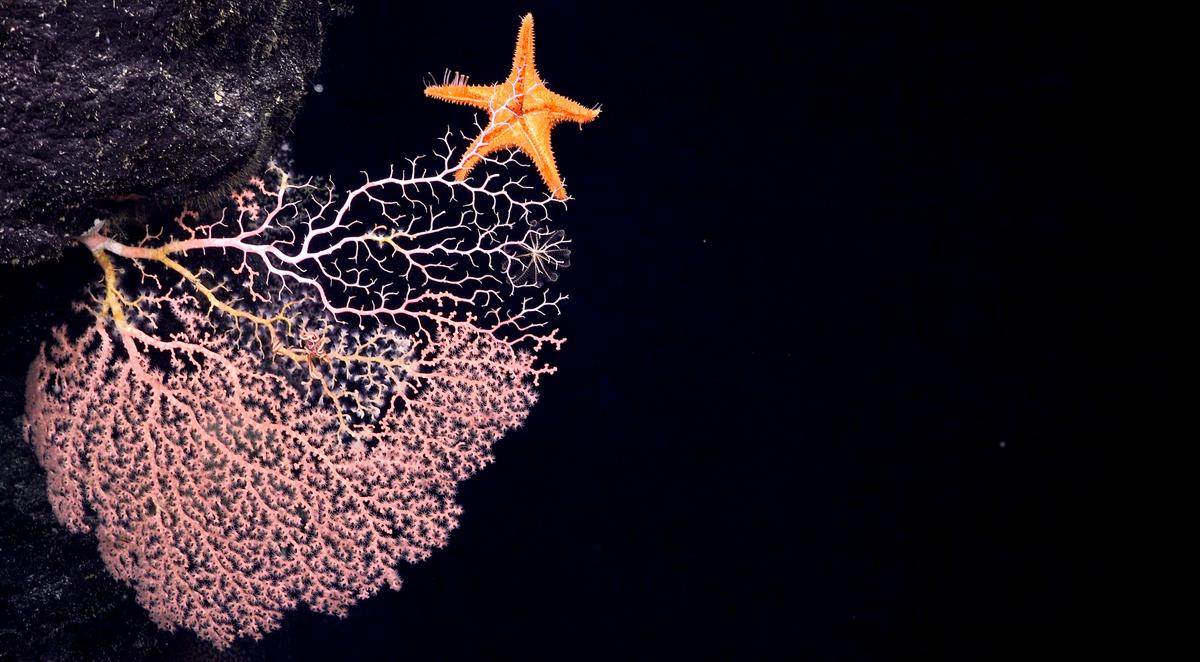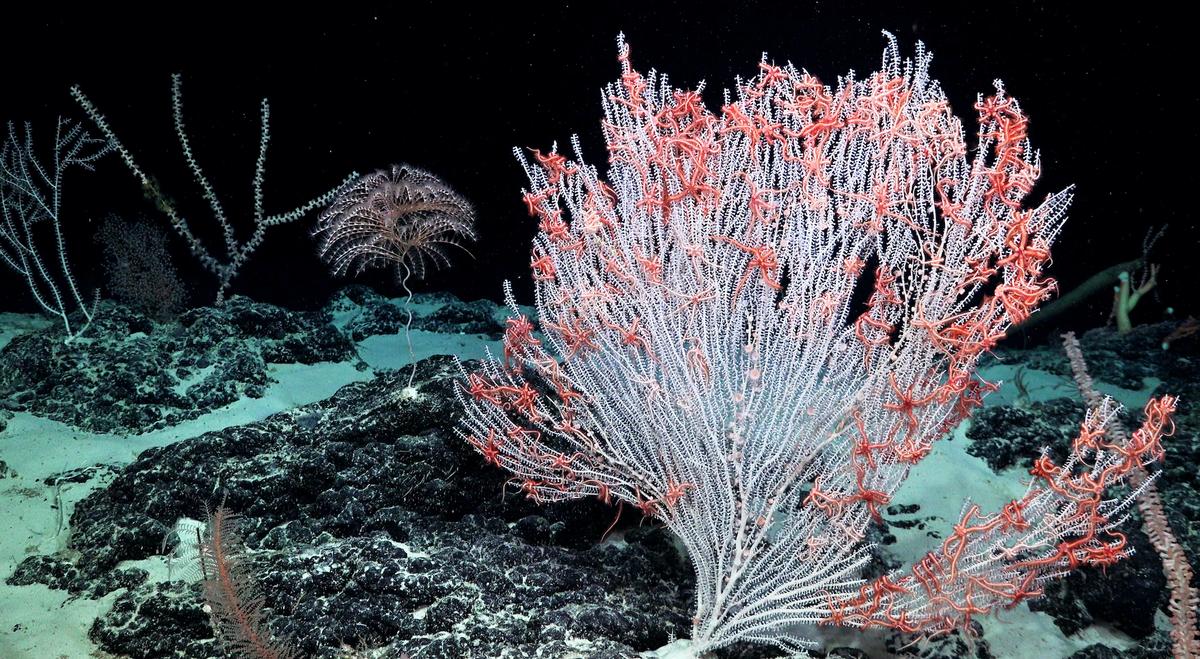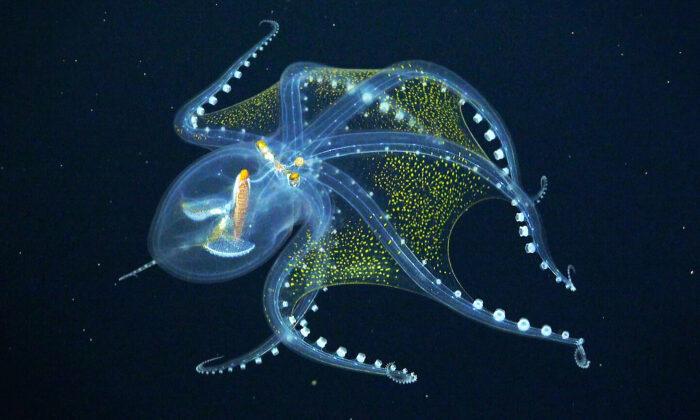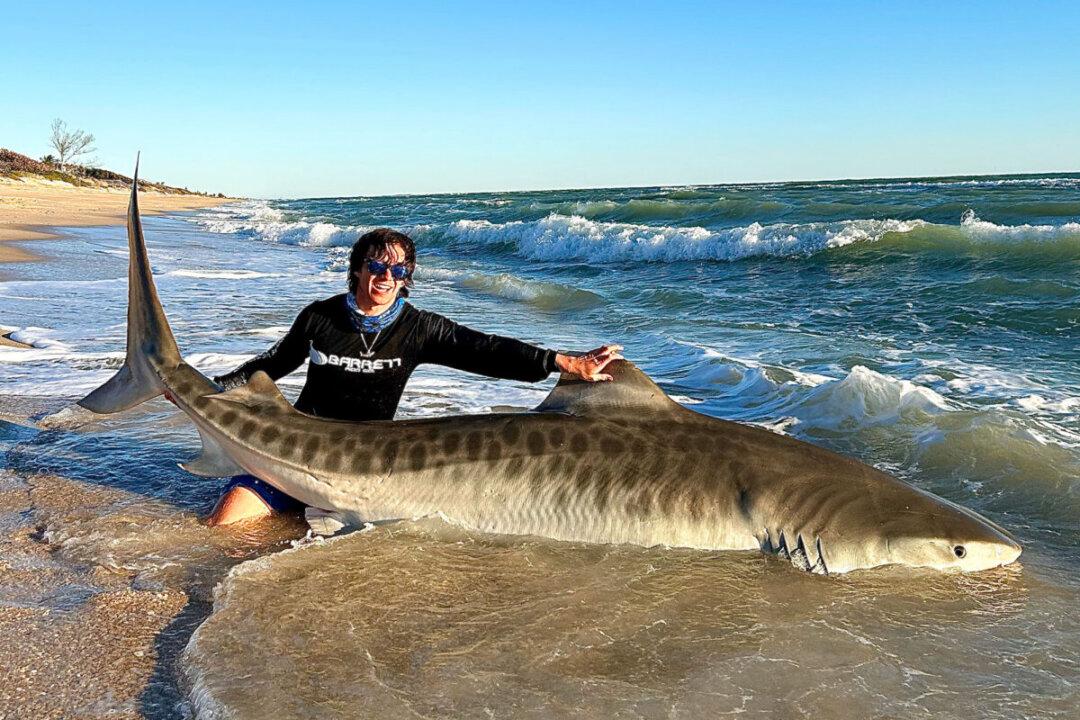An oceanic expedition recently sighted an incredibly rare deep-sea specimen—with see-through skin and eight legs—among a number of other extraordinary sights in the central Pacific.
The team conducted 21 dives during the assignment, totaling some 182 hours of exploration, and took the “largest collection of microbial cultures” in that part of the world. They mapped some 30,000 square kilometers of the seafloor in high resolution. The survey also yielded several notable underwater curiosities, which were photographed and video recorded—including the incredible image of a live glass octopus in its home habitat.
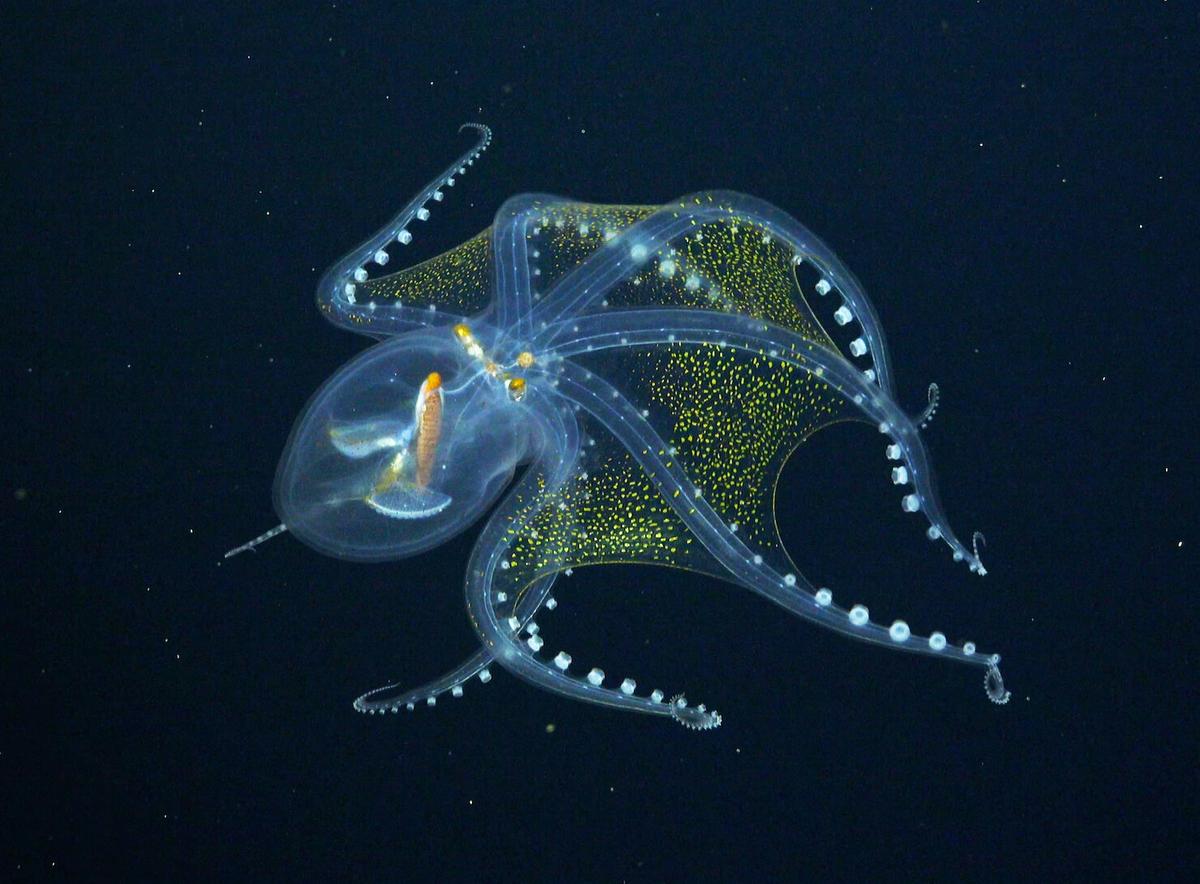
The underwater photography was captured by the robotic SuBastian remote operated vehicle (ROV).
As the footage attests, the see-through cephalopod is a sight to behold. With its transparent, glass-like skin, only the animal’s optic nerves, eyes, and digestive tract are visible, making for a ghostly spectacle. Such live glass octopus specimens are rarely seen; hitherto, scientists resorted to studying them by sorting through the gut contents of ocean predators.
Besides the glass octopus, SuBastian captured the image of the world’s largest fish: the rare whale shark, whose length can reach 40 feet; and the ROV even bore witness to the comical scene of a crab stealing a fish from another crab on the ocean floor, the release stated.
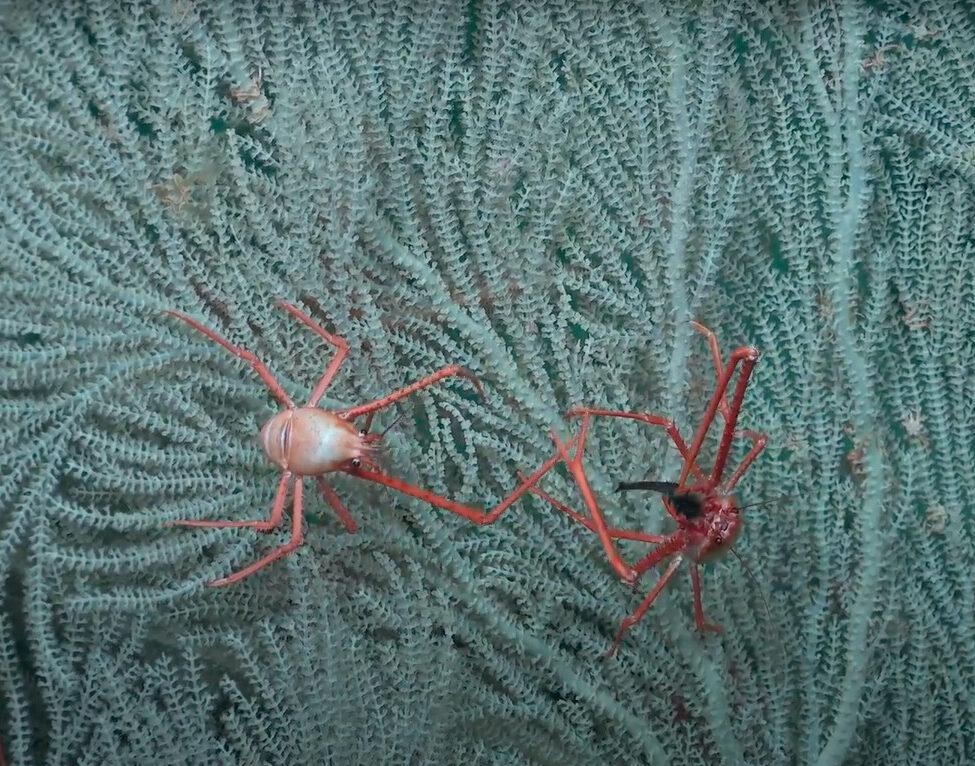
During the expedition, the team of scientists also likely found some new marine species and deep-sea organisms across nine seamounts that were explored for the first time. An additional five seamounts were visited through video exploration.
“The coverage of this expedition was remarkable—we found changes in species across depth and geography around the Pacific equator and in the suite of organisms living on corals,” said Dr. Tim Shank, biologist at the Woods Hole Oceanographic Institution.
“Looking into these deep-sea communities has altered the way we think about how organisms live and interact on seamounts and how they maintain diversity of life in the deep ocean.”
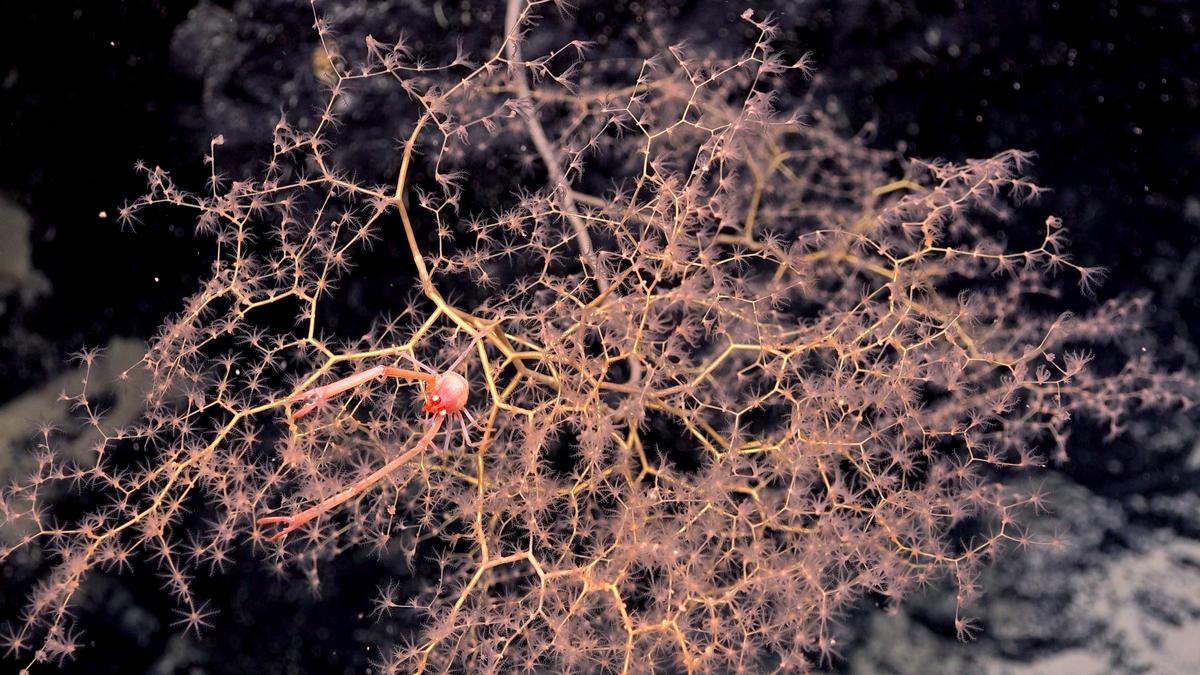
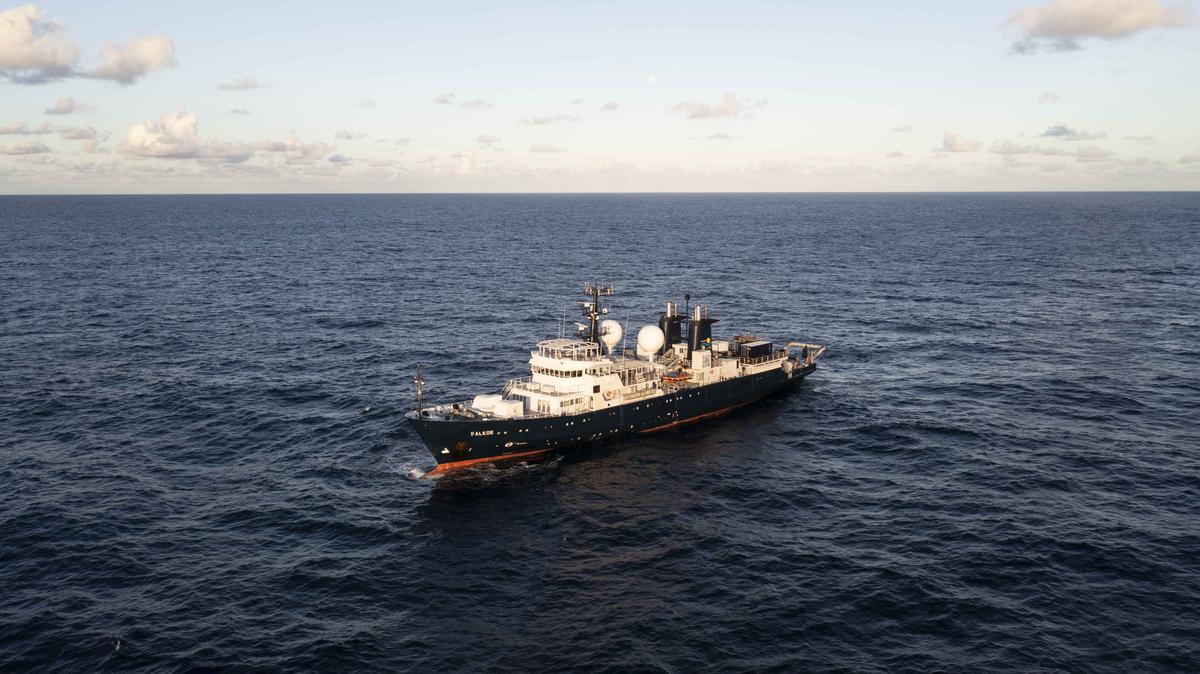
Seven of the expedition’s 21 dives were spent in the U.S. Pacific Remote Islands Marine National Monument (PRIMNM), a no-take marine protected area of the central Pacific.
In 2017, the Falkor surveyed the Phoenix Islands Protected Area (PIPA), where scientists studied the regenerative properties of deep-sea coral—the findings of which were recently released in part. This research could provide insight into modern medical research and technology, the release stated.
“Working with scientists and local researchers, this expedition is a remarkable example of the frontiers of science and exploration that we are able to support,” said Dr. Jyotika Virmani, executive director of Schmidt Ocean Institute.
“Live-streaming the dives gives us a glimpse of rarely seen and fascinating creatures such as the transparent glass octopus. By providing this platform to further the understanding of our ocean, we trigger the imagination while helping to push forward scientific insights and the protection of our underwater world.”
